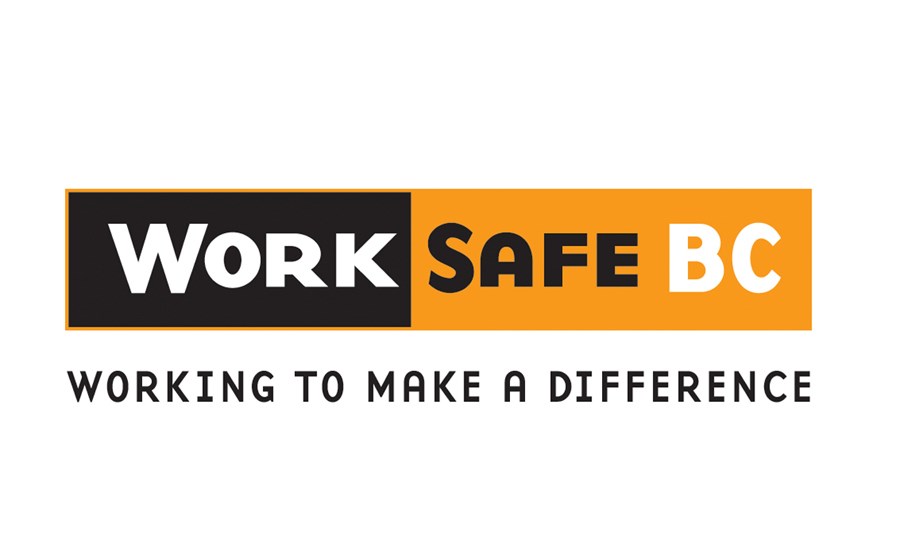WorkSafeBC is asking employers and workers to be prepared should the air outside drop to a deep freeze.
Daytime highs in and around Prince George are expected to hover around the -10 to -13 C range for the next few days but even those relatively balmy conditions can pose a danger, let alone when the temperature really plummets.
"While it is true that the current temperatures in the PG region aren't record lows, we are trying to reinforce the need to focus on safe work procedures whether it's only -5 C or as low as -30 C," WorkSafeBC spokesman Scott Money said Wednesday.
"According to Environment Canada, it's not uncommon for the temperature to get below -25 C in January, so this is more in anticipation of that really frigid weather."
From 2010 to 2014, 45 workers in B.C. were injured, one fatally from an incident in the Okanagan-Similkameen, from exposure to cold.
Types of injuries included moderate and severe hypothermia, frostbite and aggravation to pre-existing conditions. Hypothermia can occur even on a mild winter's day, or on a damp day in fall or spring, taking a worker by surprise, according to WorkSafeBC.
"Something as simple as working with wet gloves or removing gloves to put chains on tires in cold weather can cause frost bite," WorkSafeBC prevention services vice president Al Johnson said.
If workers are going to be exposed to low temperatures, employers are required to do a cold stress assessment and implement a cold exposure control plan setting out who is working where, what they will be exposed to and for how long.
Here are some further tips for anyone working outside in the cold, whether they're on the job or at home:
- Keep an eye on temperature and wind chill forecasts from Environment Canada and the Weather Channel;
- Minimize exposed skin to cold temperatures and wind chill and wear a warm head covering;
- Layer clothing to allow perspiration to escape, trap heat and keep dampness out;
- Keep clothing dry;
- Keep bare hands away from metal objects;
- Stay hydrated but limit the amount of coffee and tea;
- Work rested - fatigue is a risk factor in the cold;
- Pace any vigorous work with scheduled breaks in warm and dry areas.
Further information on cold stress prevention can be found at www.worksafebc.com.


